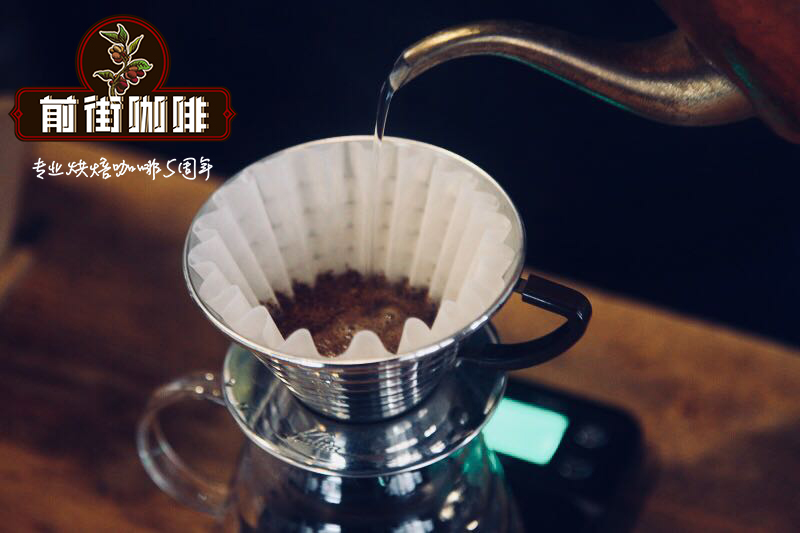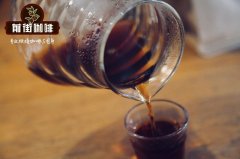Uganda Bugisu Coffee producing area introduces the characteristics of Ugandan Coffee Brand Uganda Coffee

Professional coffee knowledge exchange more coffee bean information please follow the coffee workshop (Wechat official account cafe_style)
Our Ugandan Bugisu AA is 100% Arabica coffee, and although it has been growing Arabica coffee for more than 100 years, Uganda is more often associated with Robusta, the indigenous people of the region. In fact, Uganda is the seventh largest coffee producer in the world because of its huge Robusta production. Most Ugandan coffee is grown on small farms. In traditional families, women are responsible for growing coffee, which is often the only source of income for the family. More than 60% of Uganda's foreign exchange comes from coffee, and more than 30% of the Ugandan population is somehow related to coffee.
Uganda is a landlocked country. In the past few years, poor infrastructure and unstable political situation have often made it difficult for Uganda to transport its coffee crops to ports, often causing large amounts of coffee to be stored for a long time in steaming containers before shipment. Needless to say, the first good coffee had gone bad by the time it arrived at its destination. Recent improvements in both areas have helped, and the results have been good for both Ugandan consumers and growers. In spite of this, cupping needs to be done carefully to ensure quality.
Our Bugisu organic certification, Rainforest Alliance (RFA) certification, UTZ certification. There are more letters after its name than my doctor.
Bugisu is an area of eastern Uganda where coffee is grown on the slopes of Mount Mount Elgon at medium (1300 to 2600 m) above sea level. This makes it a hard bean, which is very suitable for dark baking. Bugisu coffee is more mellow and slightly less acidic than most East African coffee. It seems more reminiscent of good coffee in Sulawesi than coffee grown in neighboring Kenya. Perhaps it is this individualistic quality that attracts us, and this kind of Bugisu coffee is difficult to compare with other coffees. It's African, but it's not. It's Indonesian, but it's not. We think it's very good. The wine is full-bodied with a buttery texture, moderate acidity and a dry finish, just like a good red wine. We like the taste of cocoa powder, molasses and cherries very much.
END
Important Notice :
前街咖啡 FrontStreet Coffee has moved to new addredd:
FrontStreet Coffee Address: 315,Donghua East Road,GuangZhou
Tel:020 38364473
- Prev

Introduction to the flavor of Ugandan sun-treated coffee varieties of Ugandan coffee beans
Professional coffee knowledge exchange more coffee bean information please follow the coffee workshop (Wechat official account cafe_style) SUN-DRIED UGANDA RED CHERRY jam fruit flavor, cherry and strawberry flavor, with dark chocolate flavor. Geography: the Ruwenzori Mountains, Uganda Map Image on the slopes of the Rwenzori Mountains in western Uganda, a group of small rules
- Next

How does Kona Coffee drink Hawaiian Kona Coffee? how does Hawaiian Kona Coffee taste?
Professional coffee knowledge exchange more information about coffee beans please follow the coffee workshop (Wechat official account cafe_style) Hawaiian Coffee is one of the most popular coffees in the world. It is the Big Island of Hawaii that fosters dormant volcanoes on the slopes of Hualhoulai and active volcanoes on the north and south coastlines of Mount Mauna Loa. This unique location provides ideal conditions for coffee growth, perfect
Related
- Beginners will see the "Coffee pull flower" guide!
- What is the difference between ice blog purified milk and ordinary milk coffee?
- Why is the Philippines the largest producer of crops in Liberia?
- For coffee extraction, should the fine powder be retained?
- How does extracted espresso fill pressed powder? How much strength does it take to press the powder?
- How to make jasmine cold extract coffee? Is the jasmine + latte good?
- Will this little toy really make the coffee taste better? How does Lily Drip affect coffee extraction?
- Will the action of slapping the filter cup also affect coffee extraction?
- What's the difference between powder-to-water ratio and powder-to-liquid ratio?
- What is the Ethiopian local species? What does it have to do with Heirloom native species?

